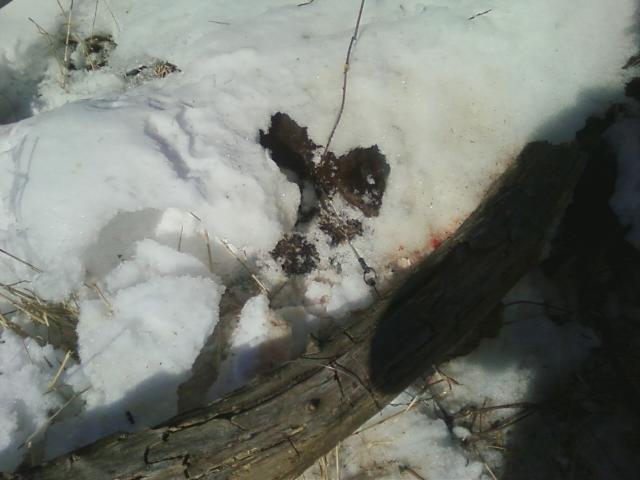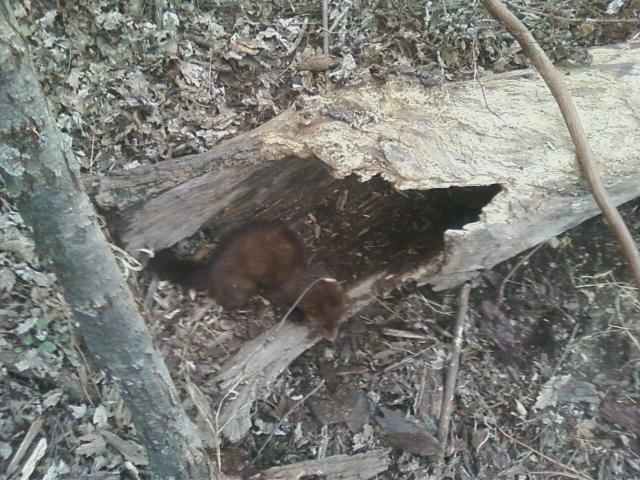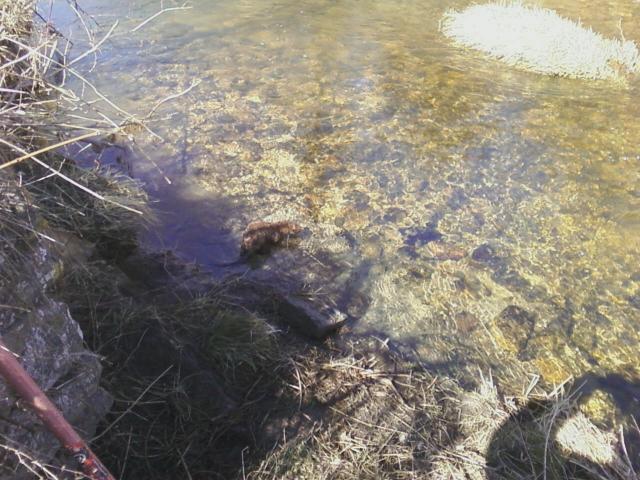Instead of setting a couple traps at many stops, I focus on the major locations and set heavily. Iíll set every possibility that I find, sometimes that means 12-14 or more traps at a stop. Works well where I am, but a different approach would be in order for different property types.
This is good info. This technique comes up occasionally, and there are those who state that "gang setting" is overkill and a waste of time for that one mink that passes through. But I do gang set also, and IMO, if you've got the hardware, you might as well use it.
I trap primarily out of a boat. Pull into a spot, secure the boat, jump out and get to business. Why set just one or two traps. If you're there, and it could be you've got the truck parked up on top while you're down at the bank, same concept, why not set more traps. You've already made the decision to stop and set. Set more.
With more sets you're more likely to score that one mink passing through. And possibly that second mink. In addition, there will be a 'coon or two at the bottom of the drowner cable. And a 'rat or two.
A fella can go from traditionally setting a hundred traps to setting out more than 400 quite easily this way.
If I can't drown it, I don't set it. So here in WI I'm running a three to four day check. If I'm trapping full throttle I've got three separate lines to tend.
If you can average six traps per stop, and you make only twenty stops, you've already got 120 traps out. Times three lines you're at 360. Twenty stops isn't much on a boat line, or a good auto line. Bump that up a little. Say you've got 30 good stops in a day. You're averaging just 5 traps per stop. That's 150 traps. Times three lines and you're nearing 500 working traps on a three to four day check.
Typical stop has two to four enclosed trigger traps on sliders, couple of pocket sets, couple of blind sets, both with footholds on sliders. Two sliders end on common terminal anchor thereby speeding up time to set and less equipment in the boat. Then, if opportunity presents itself, you've got bottom edge sets to consider, perhaps crossing log, blind BGs for mink on sliders, pipe sets, and the list goes on.
Repeat this for a three to four week period, knowing where the honey holes are for continued success in areas that draw the critters constantly, and you'll do well. Of course Mother Nature will have her own ideas about how things will go for you in terms of high water, but, some times late fall/early winter can be magical in terms of stable weather conditions.






